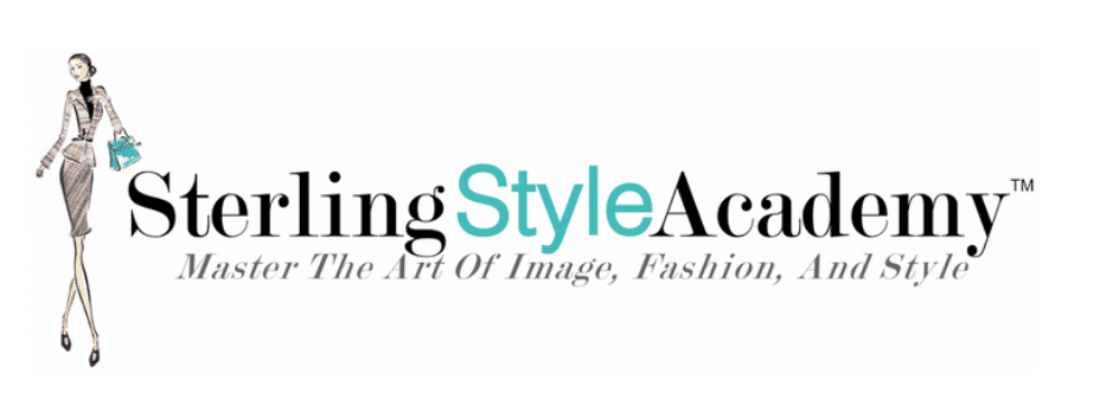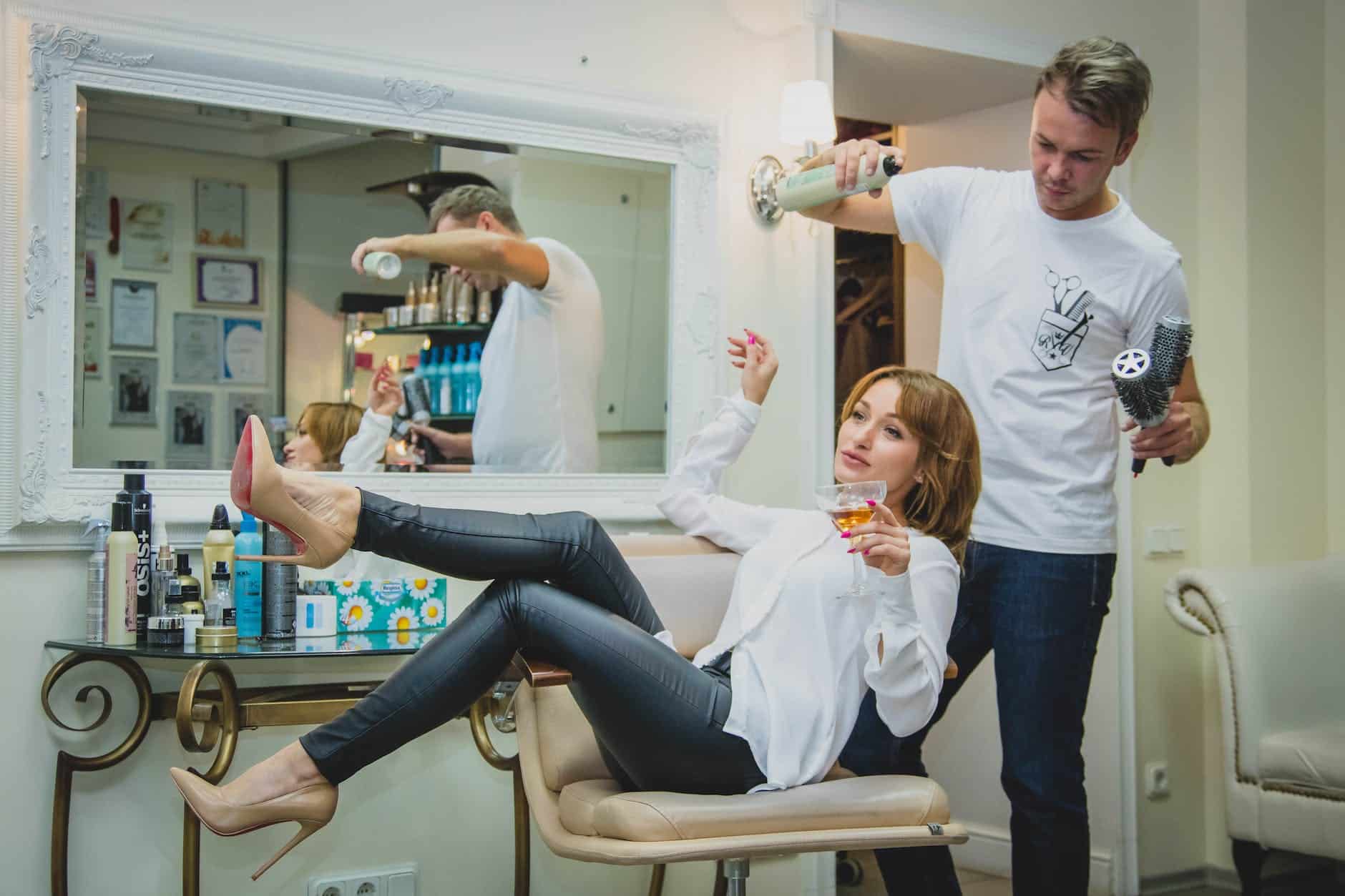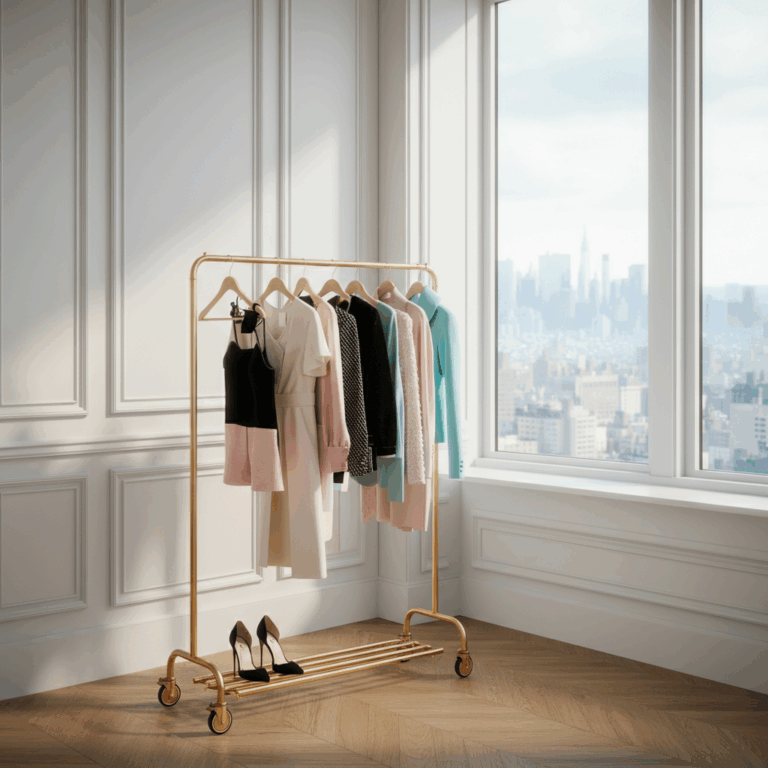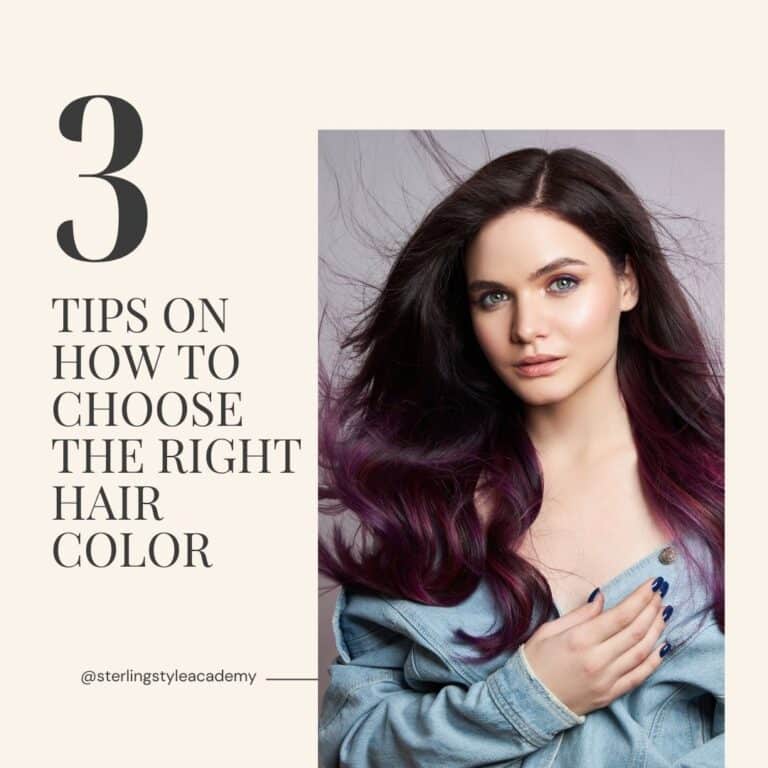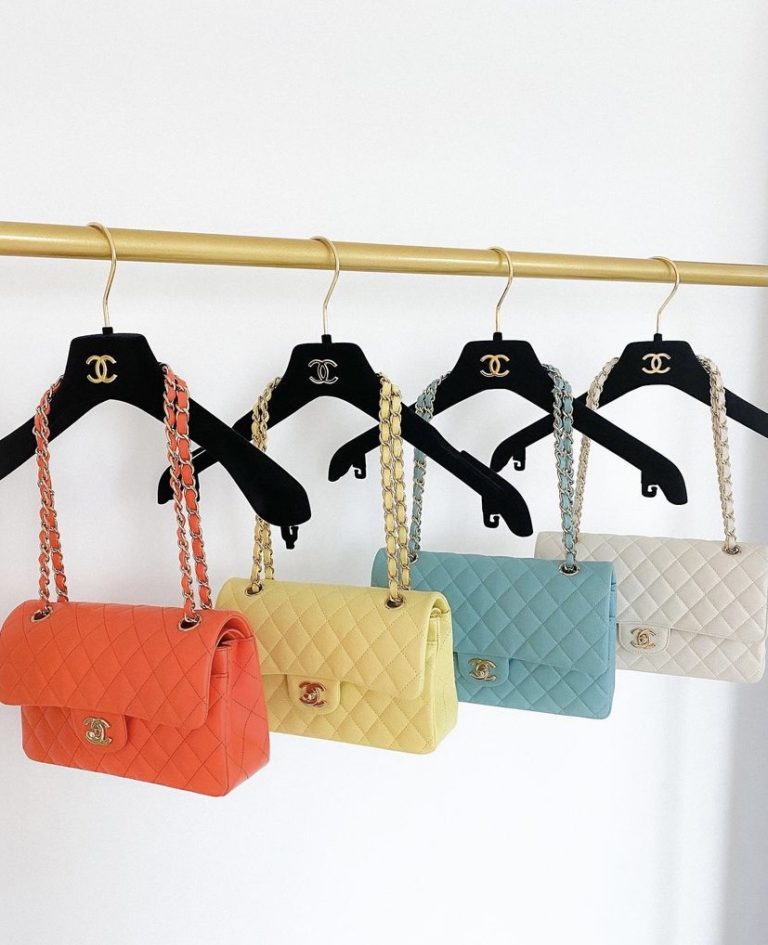Which Hair Color Suits Me? Which Hair Color is Best? A Comprehensive Guide
Which Hair Color Suits Me? Which Hair Color is Best? We all know that our hair is our crowning glory and can instantly change our entire appearance. But with endless options for hair color, it can often be confusing to decide which color suits us best. There are a lot of factors that need to be considered, like skin tone, eye color, and lifestyle. In this blog post, we’ll dive deep into which hair color suits warm versus cool skin tones.
Undertone
The first thing to consider when choosing the right hair color is your skin undertone. Everyone falls into two categories: warm or cool. If you have yellow or golden in your skin and those with green/blue undertones lie in the cool category. To determine your skin undertone, take a look at the veins on the inside of your wrist. If they appear blue, you are cool-toned, and if they appear greenish, you are warm-toned.
Warm Skintones
If you have a warm skin tone, it’s best to stick to warmer hair colors such as honey blonde, caramel, copper, or chocolate brown. You might also want to add in some highlights that are two shades lighter compared to your natural color. Avoid ash shades, as they can make you look washed out.
Cool Skintones
If you have cool skin undertones, look for cooler hair colors such as icy blonde, silver, or ash brown. Some other options that flatter cool skin tones include blue-black and burgundy. It’s best to avoid colors that are warm or too yellow, as they can make your skin look sallow.
Lifestyle
Another factor to consider when choosing the best hair color for you is your lifestyle. Are you always on the go and prefer low-maintenance hair? Then, you might want to consider a color that doesn’t require frequent touch-ups like ombre or balayage. If you work in a professional setting, natural-looking hair colors might be the best choice for you.
Consult a Professional
If you’re still having a hard time deciding which hair color suits you best, consider getting a personal color analysis. This is a more precise approach to determining the right hair color based on your skin undertones, eye color, and lifestyle. For a flat fee of US$97.97, we offer this service and more, and you’ll receive an in-depth online consultation that includes personalized recommendations for hair colors to consider. Click here to purchase the service.
Choosing the right hair color can be overwhelming, but determining your skin undertones can make the process a lot easier. Warm skin tones should stick with warmer colors while cool tones should seek cooler shades. Considering your lifestyle is also important when deciding on hair color. For those who want a more personalized recommendation, we recommend purchasing our personal color analysis at the link mentioned above. With the right hair color, you can transform your entire look and feel confident wherever you go.
Looking for more specific answers? Here’s what’s highlighted in this blog:
- Which Color Hair is Best for You? A Professional's Guide
- Which Hair Color Suits Me? Other Considerations
- Which Hair Color Suits You Best? A Comprehensive Guide
- Which Hair Color Looks Best on Warm Skin and Naturally Cool Hair?
- Which Hair Color Suits Me? How Taking Color Analysis Training Online Can Benefit Hair Colorists and Hair Stylists
- Which Hair Color Suits Me: How Does Personal Color Analysis Work?
Which Color Hair is Best for You? A Professional’s Guide
Your hair is a key part of your identity, and the color you choose can make all the difference in how you look and feel. Whether you’re changing up your style, or looking for a new color to enhance your current look, choosing the right hair color can be a daunting task. That’s where I come in! As a professional stylist, I’m here to help guide you through the process and give you some tips on which color of hair is best for you.
1. Consider Your Skin Tone
One of the first things to consider when choosing a hair color is your skin tone. Most people fall into three categories: cool, warm, or neutral. If you have cool or neutral undertones, ash and cool-toned colors like platinum, silver, and ash brown will work best for you. If you have warm undertones, you’ll want to look for colors that are rich and warm, like golden blonde, chestnut brown, or fiery red. If you’re not sure what your skin undertones are, ask your stylist to help you determine that.
2. Eye Color Matters
Another great indicator of what color might look best on you is your eye color. If you have blue or green eyes, rich warm colors like copper, golden blonde, or red will really make your eyes pop. For brown eyes, deep warm colors like chocolate brown, cinnamon, auburn, or golden blonde will complement your eye tone and give you a stunningly warm look.
3. Personality and Personal Taste
While skin tone and eye color are great indicators of what hair color will look best on you, it’s important to remember that your personal style and taste matter too. If you’re feeling bold and want to make a statement, try a fun, funky color like purple, blue, or pink. If you’re looking for something more classic and timeless, try shades of blonde or brunette with subtle highlights.
4. Maintenance and Upkeep
One of the most important things to consider when choosing a hair color is the maintenance and upkeep involved in keeping your color looking fresh. For example, if you have naturally dark hair and want to go blonde, you will have to deal with root regrowth and may need to tone your hair to prevent brassiness. If you don’t have the time, budget, or energy to keep up with a less natural color, then maybe stick to something closer to your natural color or more low maintenance.
5. Consult with a Professional
The best way to ensure that you get the hair color that suits you best is to consult with a professional stylist. They can help you analyze your skin tone, eye color, and lifestyle to make personalized recommendations for you. A trained stylist can also give you suggestions for shades of the color you have in mind that will complement your skin tone and personal style.
Choosing the right hair color is a personal decision and involves a number of factors, from skin tone and eye color to personal taste and maintenance. When considering which color hair is best for you, make sure to take your skin tone and eye color into account, while also being mindful of your personal preferences and lifestyle. And always remember to consult with a professional stylist to ensure you get a color that’s perfect both for you and for your budget.
Which Hair Color Suits Me? Other Considerations
A change in hair color can completely transform an individual’s appearance. However, choosing the right hair color can be challenging. With so many options available, it can be difficult to determine which hair color suits you best. In this blog post, we’ll explore factors that influence the best hair color based on individual characteristics.
Skin Tone
Your skin tone plays a significant role in determining the best hair color for you. Skin tones fall under three categories: warm, cool, and neutral. A person with warm undertones generally looks best with golden or honey blonde, warm brown, and auburn hair color. Individuals with cool skin undertones tend to look better with ashy blonde, cool brown, and black hair. For individuals with neutral skin undertones, a range of hair colors can be experimented with.
Eye Color
The color of your eyes can also play a role in determining the best hair color for you. For individuals with green eyes, a range of hues such as red, copper, and burgundy can complement their eyes’ natural color. Blue-eyed individuals will look great with golden blonde and red hair colors. Brown-eyed individuals tend to look best with warm browns hair colors with subtle reddish tones.
Lifestyle and Personality
A person’s lifestyle and personality can also influence the best hair color choice. As an individual who exercises frequently, a dark hair color may not be the best fit as sweat can fade the hair color. Similarly, individuals with busy lifestyles may opt for hair colors that require low maintenance. Your personality can also influence the color you choose. A bold individual may opt for vibrant hair colors such as red, and a minimalistic person may stick with natural hair colors.
Facial Features
Your facial features can also play a role in selecting the most suitable hair color. For instance, if you have a round face, hair colors with a slimming effect such as dark shades or highlights can create a more defined look. Additionally, individuals with sharp facial features might look well with softer hair colors.
Hair Condition
Hair texture, thinness, and overall condition can also influence the ideal hair color choice. If you have thin hair, dark hair colors may make your hair appear even thinner. Therefore, individuals with fine hair may consider warm hair colors, which can make their hair appear thicker. If you have curly hair, opt for hair colors that do not involve bleach. Curly hair is typically more fragile than straighter hair types, and bleach can cause damage over time.
Choosing the right hair color depends solely on individual characteristics. By considering variables such as skin tone, eye color, lifestyle, facial features, and hair condition, individuals can reduce the likelihood of making a color mistake. Remember, the best hair color is one that you feel confident in and is suitable for your lifestyle. Use this guide as a basis for finding an ideal hair color that suits you.
Which Hair Color Suits You Best? A Comprehensive Guide
Hair color can change your entire look, and choosing the right one may seem like a daunting task. With so many shades to choose from, how do you know which one is the best for you? Are there any rules to follow or certain colors to avoid? Look no further because we’ve got you covered. In this blog post, we’ll be discussing the different color seasons and how they complement your natural hair color.
First of all, it is essential to understand the different color seasons. Each season has unique characteristics that determine which shade will work best for you. For example, if you have cool-toned skin, you’ll want to avoid warm colors because they will clash with your skin and make you look washed out. On the other hand, those with warm skin tones should avoid cool colors because they will make them look tired and dull.
Now let’s talk about your natural hair color. If you have naturally dark hair, it’s essential to choose a shade that compliments your complexion. If you have pale skin, a stark black color may not be the best choice. Instead, opt for a deep shade of brown. Similarly, light hair can also affect which color will work for you. For instance, if you have blonde hair, cool colors like ash brown or platinum blonde can complement your hair as well as your skin tone.
Another essential factor to consider is your eye color. Similar to skin and hair tone, eye color plays a vital role in selecting the right hair color. Your hair color should contrast with your eyes, and this will make your eyes look more striking. For example, those with brown eyes may want to choose warmer hair colors to bring out the intensity of their eyes. In contrast, blue eyes are best paired with cool hair colors like ashy blondes and dark browns.
In conclusion, choosing the right hair color is essential in enhancing your natural beauty. Make sure to consider your skin tone, hair color, and eye color before making a decision. Understanding the different color seasons and how they work in tandem with your natural beauty is a great way to simplify the process. Remember, your hair is an extension of your personality, so choose a color that not only suits you but also reflects your unique style.
Picking the perfect hair color can be overwhelming, but it doesn’t have to be. By considering your skin tone, hair color, and eye color, you can narrow down your options and make a more informed decision. It’s worth taking the time to find a hue that suits your unique features, and it can do wonders for your confidence. Whether it’s a subtle change or a dramatic transformation, the right hair color can brighten up your entire look. So go ahead and experiment – you might be surprised by the results!
Which Hair Color Looks Best on Warm Skin and Naturally Cool Hair?
People with warm skin tones and naturally cool hair often find it challenging to choose the right hair color. Warm skin tones are characterized by golden and yellow undertones, while cool hair hues have blue and purple undertones. Hence, the contradiction between the two can lead to confusion and frustration when picking the right shade. In this blog post, we’ll explore the different color seasons and how they match your natural hair color to find the perfect hair color for warm skin and naturally cool hair.
There are four color seasons that categorize our skin tone and hair color, namely Spring, Summer, Autumn, and Winter. A person with warm skin and cool hair can be categorized under the Summer and Autumn season.
Summer hair is naturally cool – ash blondes, cool browns, and grayish-black. If you have warm skin and naturally cool hair, you can go for cool balayage or ombres that complement your natural hair without being too harsh on your skin tone. Shades like cool brown, ashy blonde, platinum, and sandy brown would look stunning on you. These hues blend seamlessly with your natural hair, giving you a natural, cool-toned look.
On the other hand, Autumn hair colors are ideal for warm skin tones. Rusty red, golden brown and caramel highlights bring out the warmth in your skin tone, making it look vibrant and youthful. If you have naturally cool hair, you can still achieve a warm look by opting for warmer shades that have a fiery reddish undertone. However, stay away from cool, ashy colors as they can wash out your skin tone.
Another exciting option that you can explore is a mix of cool and warm colors. A blend of warm and cool hair colors can help balance out the warm skin and cool hair nuances, creating a harmonious blend of hues that complement your skin tone. Opting for a balayage or ombre with an ashy base and warm highlights can create a stunning, multidimensional look that suits your unique features.
Apart from the color seasons and hues, your skin’s undertone can also help guide you towards the right shade. If you have warm skin with golden and peachy undertones, then warm hair colors like honey, golden blonde, and ginger would work for you. If your skin has pink undertones with warm hair, then go for caramel and honey balayage.
In conclusion, choosing the right hair color can be a daunting task, especially if you have warm skin and naturally cool hair. By understanding the color seasons, your natural hair color, and your skin’s undertones, you can pick the perfect hue that accentuates your natural features. Remember, it’s not just about following trends, but it’s about finding a color that enhances your skin tone and hair’s characteristics. So, go out there and experiment with different shades to find the one that makes you feel the best version of yourself.

Which Hair Color Suits Me? How Taking Color Analysis Training Online Can Benefit Hair Colorists and Hair Stylists
Choosing the right hair color can be a challenging task, especially for a stylist who wants to meet their client’s expectations perfectly. Many individuals trust their hairdressers to help them decide on the perfect hair color that will not only flatter their complexion but also compliment their eyes and skin tone. However, picking the right color can be a daunting task if you don’t know what to look for. This is where color analysis training comes in.
If you are a hair colorist, hair stylist, or work in a hair salon and are looking to master the art of color selection, taking color analysis training online can be a game-changer for your career. In this blog post, we will look at the benefits of color analysis training, why it is essential, and how you can get started.
1. Understanding Color Analysis
Color analysis is an assessment that takes into account various factors such as skin tone, hair color, and eye color. This analysis helps stylists to identify the best shades of hair color for the individual. Understanding these elements and how they work together is essential in ensuring that you achieve the best results for your clients.
2. Keep Up with the Latest Trends
Fashion trends are continually changing, and the same applies to hair color. Taking color analysis training online can help you stay up-to-date with the latest hair color trends while understanding which colors suit specific skin tones. You will learn about different tones and how you can pair them with certain hair colors to offer the perfect look.
3. Improve your Consultation Skills
One of the most critical skills a stylist needs is the ability to communicate effectively. With color analysis training, you will learn how to explain color concepts and identify the perfect shade for a client in a language they can understand. This skill will help you provide excellent service and increase client satisfaction.
4. Boost Your Career and Earnings
By mastering the art of color analysis, you will give your clients the best looks, and this will, in turn, lead to positive feedback and increased referrals. This exposure will expand your clientele base, which, in turn, will increase your earnings. Investing in color analysis training is investing in your career.
5. Taking Color Analysis Training Online
Sterling Style Academy Online Color Analysis Training program offers a comprehensive curriculum that covers all the aspects of color analysis. The course covers topics such as none seasonal and seasonal color analysis, professional color analysis tools, color psychology, color trends, and color swatch development. The program is available online, meaning you can learn and complete the course from anywhere, at your own pace.


In conclusion, color analysis training is a must-have skill for any hair colorist or stylist looking to give their clients the perfect look. By understanding the elements of color analysis, keeping up with fashion trends, improving your consultation skills, and investing in your career, you will succeed in this field. Take advantage of Sterling Style Academy’s Online Color Analysis Training program for US$697 and learn how to provide exceptional color consultation services. Start your journey to success today!
Which Hair Color Suits Me: How Does Personal Color Analysis Work?
Have you ever wondered why certain colors look great on some people but don’t seem to suit you? The answer lies in personal color analysis – a process that helps individuals determine their unique color palette. By identifying the colors that complement your skin, hair, and eye color, you can create a wardrobe that enhances your natural beauty. In this blog post, we will explore how personal color analysis works and why it’s an essential tool for anyone who wants to look their best.
1. The Science Behind Color Analysis
Personal color analysis is based on the science of color. Colors are categorized into warm and cool tones based on their undertones. Warm colors have a yellow or red undertone, while cool colors have a bluish undertone. A personal color analysis considers several factors, such as skin tone, eye color, and hair color, to determine whether you have cool or warm undertones. This analysis will help you understand which colors suit you the most, making it easier to shop for clothes that flatter your appearance.
2. How is Personal Color Analysis Carried Out?
A personal color analysis can be conducted by a professional color consultant or through an online quiz. During an in-person session, the color consultant will drape different colored fabrics around you to assess which shades look the best on you. In contrast, an online quiz will ask you to upload a photo of yourself to determine your color profile. Both methods aim to determine your unique color palette, which includes colors that complement your natural features.
3. Why is Personal Color Analysis Important?
By discovering your personal color palette, you can create a wardrobe that enhances your natural beauty. The right colors can make your eyes sparkle, make your skin look more radiant, and make you feel confident. Wearing unsuitable colors can make you look tired, sallow, or even emphasize wrinkles. Overall, personal color analysis is an essential tool for anyone who wants to look their best.
4. How to Use Your Personal Color Analysis Results
Once you have completed your personal color analysis, you should receive a report detailing your ideal color palette. This report will guide you when shopping for clothes and accessories, ensuring that you choose colors that flatter your appearance. You can also use your color palette to experiment with makeup and find shades that suit you the most. By using your personal color analysis results, you can build a wardrobe that makes you look and feel fabulous.
5. Final Thoughts
Personal color analysis is a valuable tool that can help you enhance your natural beauty. Whether you choose to have an in-person consultation or complete an online quiz, understanding your unique color palette will guide you when shopping for clothes and accessories. By wearing colors that suit you the most, you can look and feel more confident, radiant, and stylish.
Personal color analysis is a game-changer for anyone who wants to look their best. By understanding your unique color palette, you can make better choices when shopping for clothes and accessories, wear colors that make you look and feel fabulous, and enhance your natural beauty. So if you haven’t already tried it, consider getting a personal color analysis done and see the difference it makes in your appearance.
